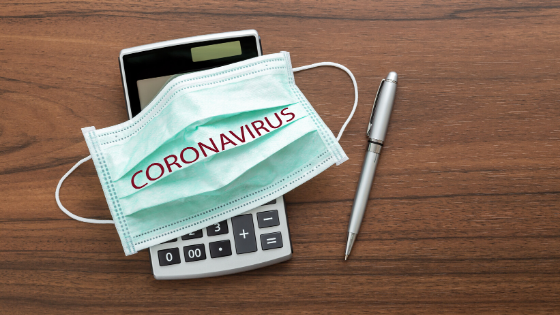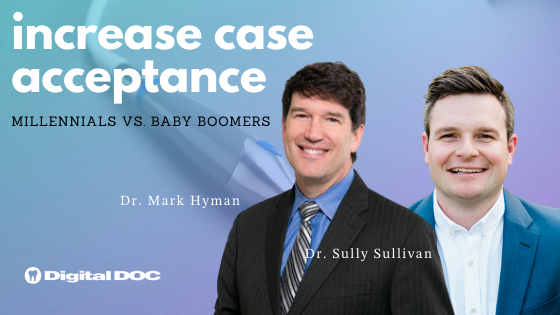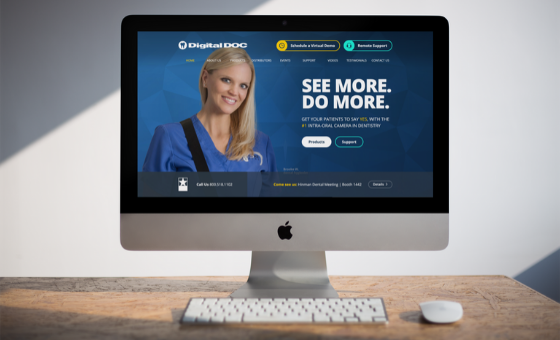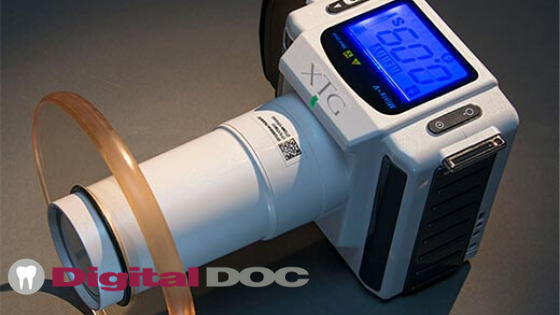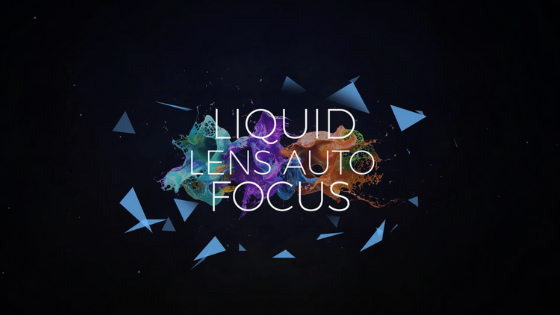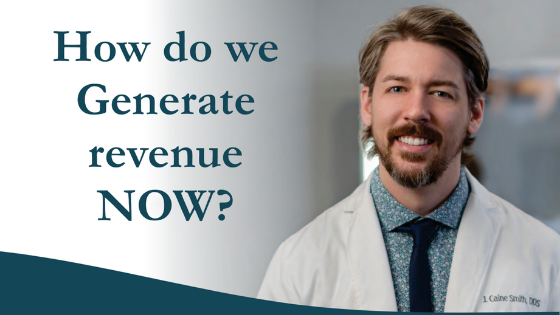Choosing the Best Portable X-Ray Device
How to Choose the Best Portable X-Ray Device for Your Practice
How to Choose the Best Portable X-Ray Device
As a dental healthcare professional, the ability to diagnose and plan treatment for your patients is important, and dental X-ray machines make that possible. That said, it can be challenging choosing the best portable x-ray device for your clinical needs. Below, we discuss how to choose the best portable x-ray device for your practice.
Ease of Use
Choosing an x-ray device that is difficult for you and your staff to use is not practical. You’ll be using it quite often, so why not choose something that’s user friendly? Do some research on testimonials and the type of software it uses. This will directly affect how easy it is to implement your new portable handheld x-ray.
Ease of use can also come from the quality of the customer support that the manufacturer offers. For example, Digital Doc offers virtual demonstrations and training, making the transition that much smoother.
Quality Dental Technology Brand
Always do your research before investing in dental technology for your practice. Finding a manufacturer with a well-known reputation is the key to finding the best dental technology. As a dentist, it’s your responsibility to provide the best dental care possible, which means you need dental products you can heavily rely on.
Dr. Chris Green, an emergency dentist in Parker, CO, suggests that you only buy a handheld dental x-ray machine if you are certain that the manufacturer has a solid reputation in the industry. That way, you and your team can get the support your dental practice needs and enjoy the benefits o your purchase.

Low Patient Exposure
Most of us are exposed to some sort of radiation every day. Whether the radiation is from your cell phone, computer, microwave, etc. Many every day, things emit some level of radiation. As a dentist, it’s important to follow safe and extra precautions. For example, patients are required to wear a lead apron to prevent radiation exposure.
You may be happy to hear that digital x-ray devices only need 20% of the amount of radiation traditional x-rays machines need. Schedule a virtual demonstration to learn more about Digital Doc’s portable x-ray device.
High Image Quality
Our digital x-ray device is like no other. That’s why thousands of dentists worldwide trust Digital Doc products. Doctors and team members are able to take numerous high-quality images using our XTG handheld x-ray device. Just like any premium HD camera, the device is able to enhance the clarity of all images. Additionally, there is little human error when you use our portable handheld x-ray device.
As you can see, the task of shopping for a handheld dental x-ray device for your practice needs to be preceded by sufficient planning and research so that you can avoid making a costly mistake. At Digital Doc, we have your needs at heart and will help you every step of the way so that you can have the best dental technology. Contact us today to schedule a virtual demonstration.


